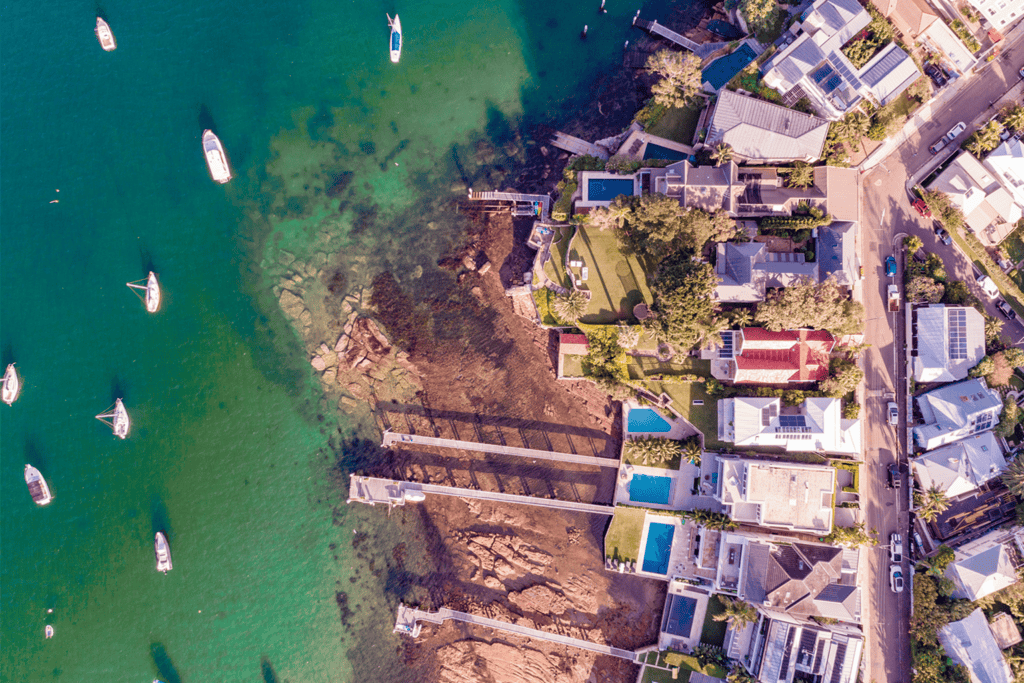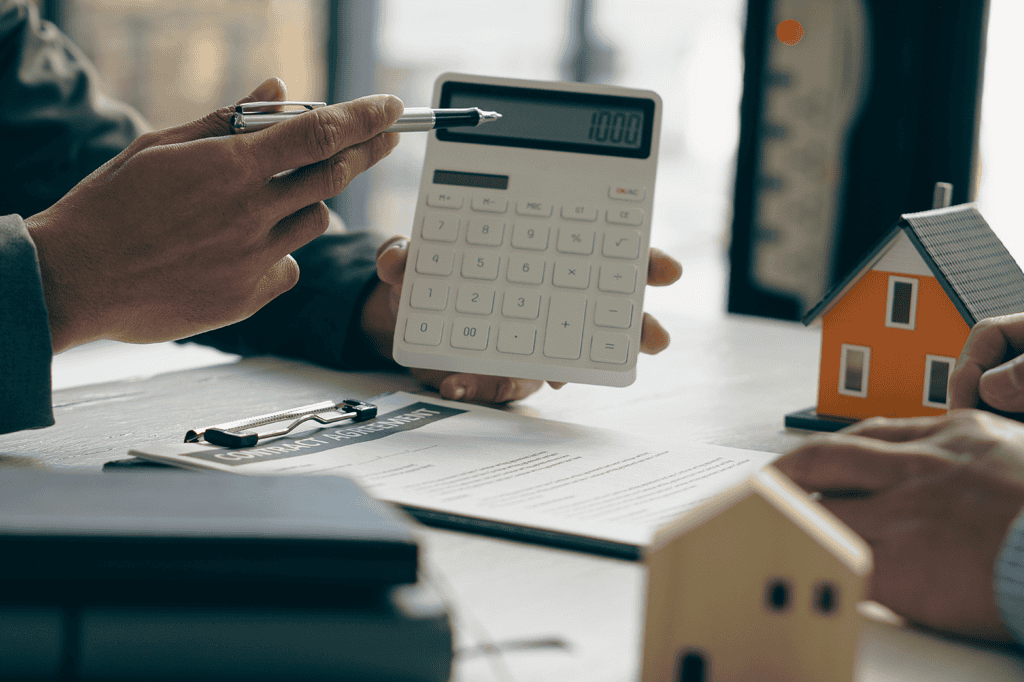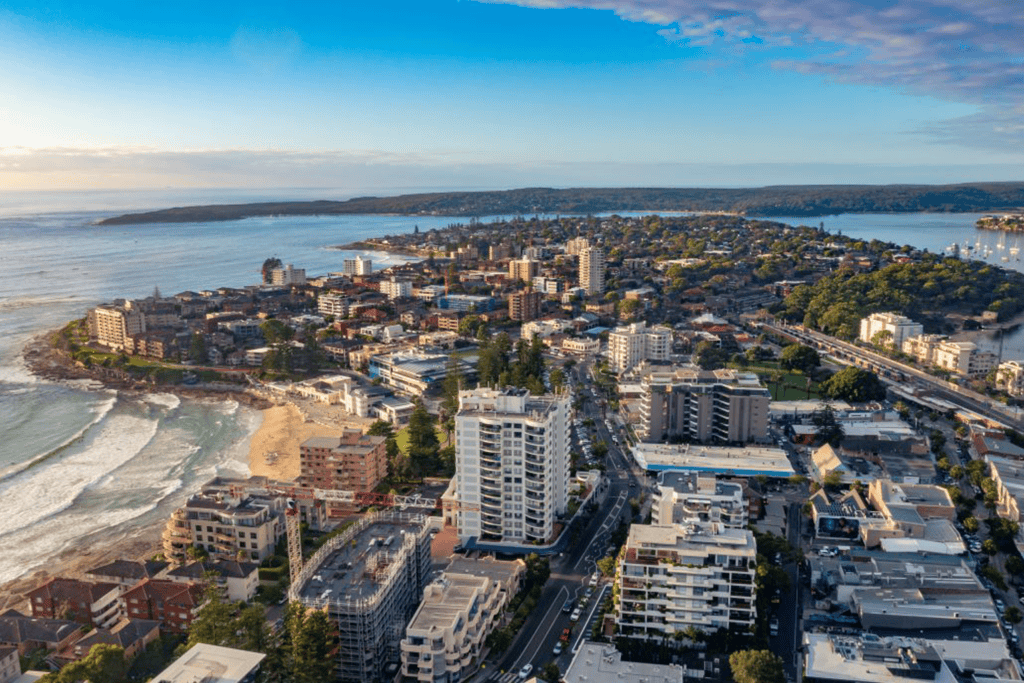The big winners of the ongoing property boom are the state governments. In NSW alone, stamp duty on residential property soared almost 10% to $6.8 billion over 2015–16 and this is expected to grow by about 6% a year for the next three financial years.
But the NSW Government is still concerned about the interest in property from foreign buyers. It announced in its budget this year that it will increase the foreign investor surcharge on housing stamp duty to 8% from 4% and add a 2% surcharge to land tax.
Whether this will take some of the heat out of the Sydney property market or just add more to the government’s coffers will be the big question.
FIRB working overtime
Foreign investment rose 25.9% nationally in 2015–16 and property represented 49.2% of this spending, according to the Foreign Investment Review Board’s (FIRB’s) annual report. The FIRB approved $247.9 billion worth of proposed investments across all industry sectors and property reached $122.1 billion – $72.4 billion for residential and $49.7 billion for commercial.
Foreign investors must apply to the FIRB to buy residential property, or in some cases a developer can apply on behalf of foreign buyers for an off-the-plan project. Non-residents can only buy new or off-the-plan properties after being granted FIRB approval.
China was the source of the most demand, with Chinese nationals applying to invest in residential and commercial property worth $31.9 billion. This was 31% above the $24.3 billion in 2014–15, and up 157% from the 2013–14 financial year.
Total value of property approvals
by country of investor
Residential and commercial 2015–16

Foreign buyers still active
The National Australian Bank (NAB) Residential Property Survey estimates the proportion of foreign buyers in the market for new properties was broadly unchanged in the first quarter of 2017 compared with the final quarter of 2016. Foreign buyers had an estimated 10.8% share of all new property sales nationally, compared with 10.9% in the final quarter of 2016, but down from the 16.8% in the third quarter of 2014.
Foreign buyers were noticeably less active in Victoria, where their share of total sales fell to an estimated 13.8% from 19.3% in the fourth quarter of 2016. In contrast, they played a bigger role in NSW, with their share rising to an estimated 11.6% from 8.1% in the previous quarter.
Healthy demand fuelled a 2.2% price rise in the capitals for the first quarter of 2017. There were gains of 3.4%, 3.1% and 3.0% in Hobart, Melbourne and Sydney, which were offset by declines of 1% and 0.9% in Perth and Darwin, Australian Bureau of Statistics (ABS) data shows. Prices grew by 4.1% in the final three months of 2016.
Demand for property from foreign buyers
% of total

By price, 25% of the apartments bought by foreigners cost less than $500,000 and 45% between $500,000 and $1 million. About 18% were worth $1 million to $2 million, 8% worth $2 million to $5 million and almost 5% over $5 million.
Residential development sites
Ninety per cent of the residential FIRB approvals in 2015–16 ($65.2 billion) were for proposed property developments. Victoria was the most popular state, with $24.7 billion approved, followed by NSW with $17.9 billion.
Interest in Queensland sites rose 205% on the previous year, with $16.4 billion of proposed investment, while Western Australia recorded $3.3 billion.
Analysis by Knight Frank shows that proposed foreign investor purchases of development sites with higher-density potential fell in value by five percentage points to 46% for the five major cities in 2015–16.
Foreign investors in potential higher
density development sites by value
By total volume sales, 2015–16

Foreign investors bought 48% of residential sites in greater Sydney, down from 55%. In greater Melbourne, the figure was 46%, up from 37%.
Proposed investment in new residential property for individuals rose 34% in 2015–16 to $19.3 billion, made up of 26,052 approvals. This is almost six times more than in 2012–13 when 4,499 approvals were valued at $2.9 billion.
FIRB applications for new residential property
– individual purchases
$ billion total value and number of proposals





